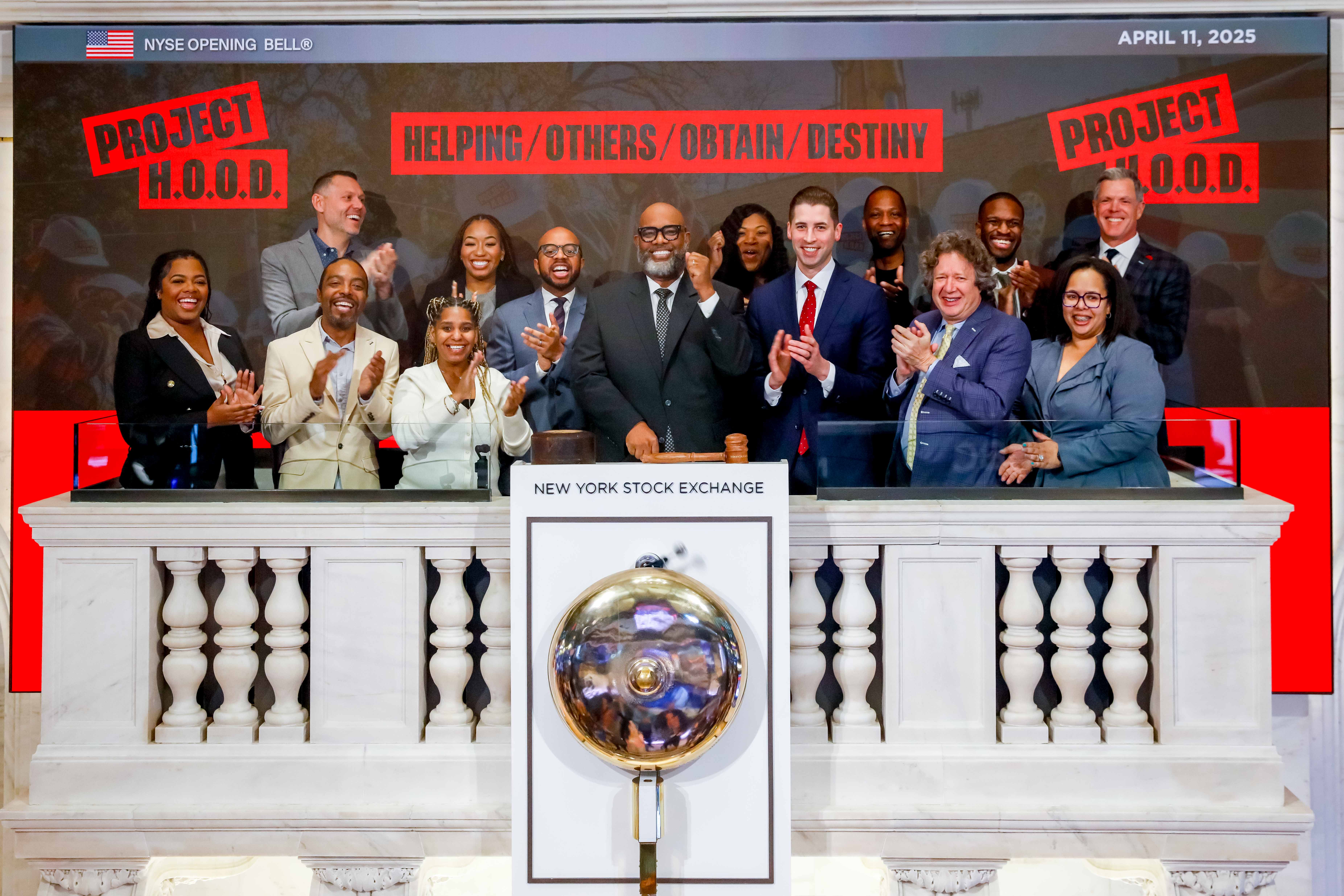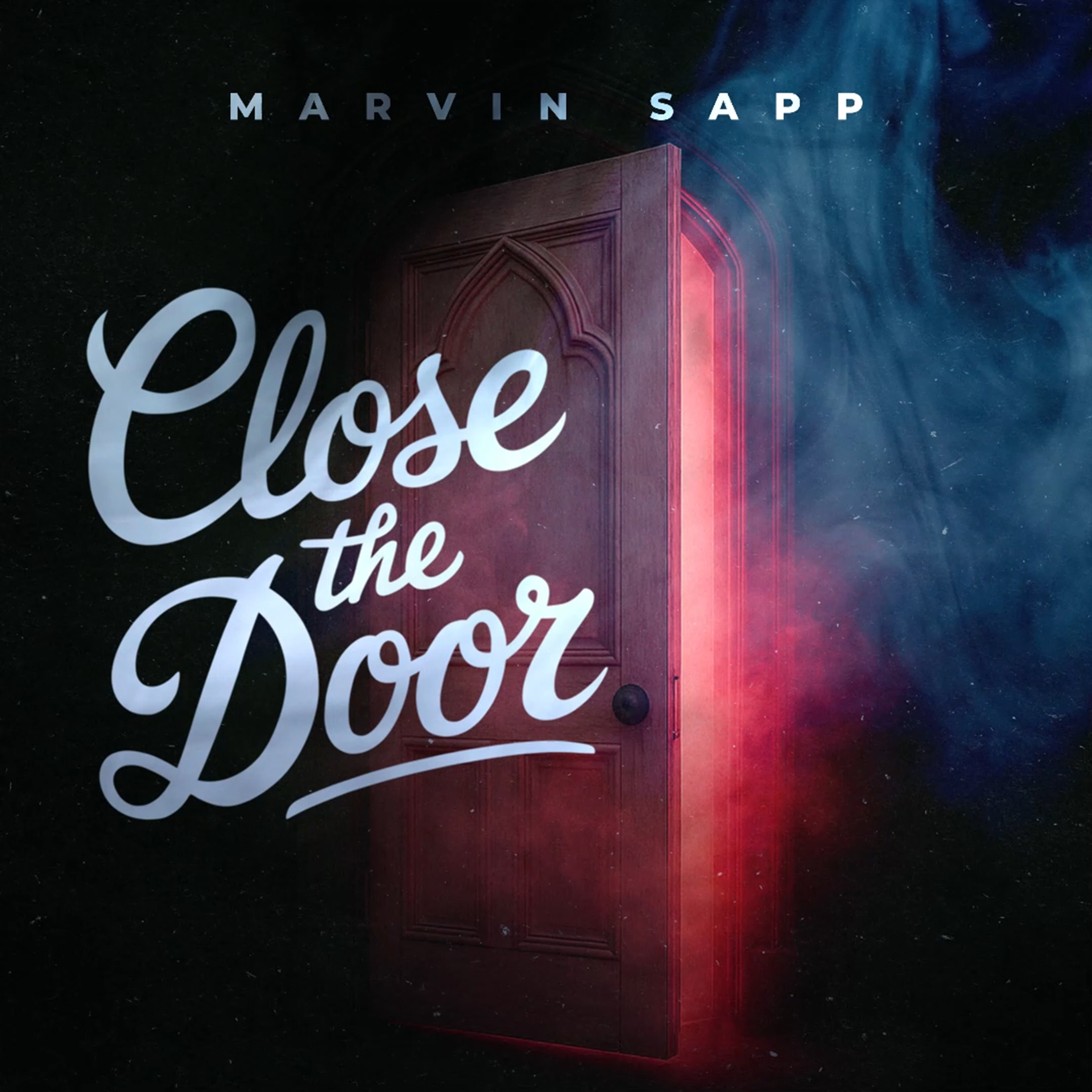NEW YORK, NY— ASCAP reveals the chart-topping winners of its 35th annual ASCAP Rhythm & Soul Music Awards, taking place today through June 24 on @ASCAP and @ASCAPUrban’s social media channels. Celebrating the songwriters and publishers behind this year’s biggest hits in hip-hop, R&B and gospel, ASCAP’s prestigious Rhythm & Soul Music Awards return in a virtual format, with posts and original videos spotlighting each winner over four days. Fans all over the world can participate by tuning in to @ASCAPUrban on Instagram and @ASCAP on Instagram & Twitter, and using the hashtag #ASCAPAwards.
Rapper Lil Baby has continued his meteoric rise to success, capturing ASCAP Songwriter of the Year for the second year in a row. The prolific, Grammy Award-winning songwriter and artist had a hand in penning several chart-topping hits including “Every Chance I Get,” “Girls Want Girls,” “On Me,” “Rags2Riches 2” and “Wants and Needs.” Fans have been eagerly awaiting the solo follow-up to his four-time certified platinum sophomore album My Turn, which is slated to arrive this summer.
The R&B/Hip-Hop and Rap Song of the Year award is presented to ASCAP songwriters Orville “Buggs Can Can” Hall and Phillip Triggerman Price A.K.A. The Showboys, Dion “Devious” Norman, Tre? Samuels and Dave Welcome for their work on “Go Crazy,” performed by Chris Brown and Young Thug. The hit song broke the record for the most weeks at #1 on Billboard’s R&B/Hip-Hop Airplay chart, and dominated both pop and hip-hop radio.
The Gospel Song of the Year goes to co-writers Johntá Austin and Jeremy “TryBishop” Hicks for “Speak to Me,” performed by Koryn Hawthorne. “Speak to Me” scored Hawthorne her second #1 single on Billboard’s Gospel Airplay chart.
Sony Music Publishing scored their third win in an extremely successful year, earning the ASCAP Rhythm & Soul Publisher of the Year award, following their ASCAP Awards for Pop Music Publisher of the Year and Latin Music Publisher of the Year.
On June 24 at 3PM ET, the ASCAP Rhythm & Soul Awards wrap up with “Deconstructed: Ashanti Breaks Down Her Hits,” a special ASCAP Experience conversation featuring multiplatinum singer and songwriter Ashanti. She will speak with VIBE Editor-in-Chief Datwon Thomas about the 20-year anniversary of her history-making debut album, Ashanti, and delve into the creation of some of her all-time greatest hits. In addition to the Grammy she won for the album, Ashanti has won numerous Billboard and American Music Awards and is a Guinness World Record holder. The event will be broadcast from ASCAP’s YouTube channel. More information is available at www.ascapexperience.com.
Other expected highlights this week include videos from award winners Felisha King Harvey, Brian Warfield and production duo Blaq Tuxedo (Darius and Dominique Logan), breaking down their winning songs in a special Rhythm & Soul Awards edition of ASCAP Urban’s “Deconstructed” series.
A complete list of winners can be found at: http://www.ascap.com/rsawards22.
About ASCAP
The American Society of Composers, Authors and Publishers (ASCAP) is a professional membership organization of songwriters, composers and music publishers of every kind of music. ASCAP’s mission is to license and promote the music of its members and foreign affiliates, obtain fair compensation for the public performance of their works and to distribute the royalties that it collects based upon those performances. ASCAP members write the world’s best-loved music and ASCAP has pioneered the efficient licensing of that music to hundreds of thousands of enterprises who use it to add value to their business – from bars, restaurants and retail, to radio, TV and cable, to Internet, mobile services and more. The ASCAP license offers an efficient solution for businesses to legally perform ASCAP music while respecting the right of songwriters and composers to be paid fairly. With more than 850,000 members representing more than 16 million copyrighted works, ASCAP is the worldwide leader in performance royalties, service and advocacy for songwriters and composers, and the only American performing rights organization (PRO) owned and governed by its writer and publisher members. Learn more and stay in touch at www.ascap.com, on Twitter and Instagram @ASCAP and on Facebook
 Westside Story Newspaper – Online The News of The Empire – Sharing the Quest for Excellence
Westside Story Newspaper – Online The News of The Empire – Sharing the Quest for Excellence







